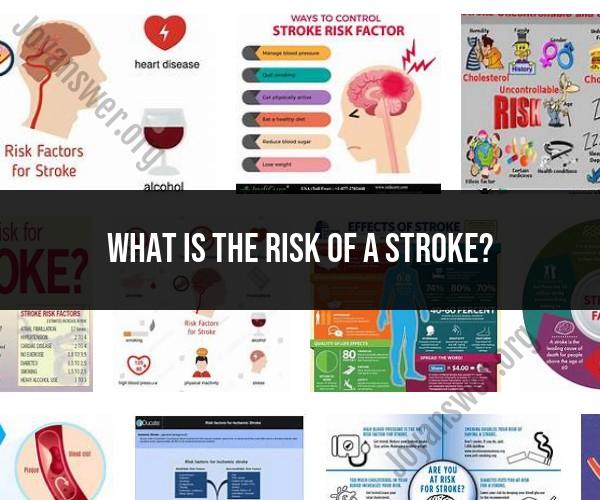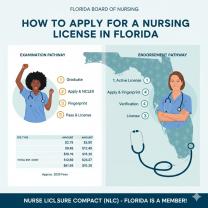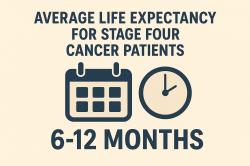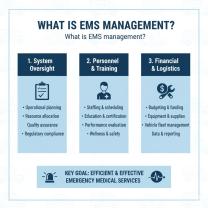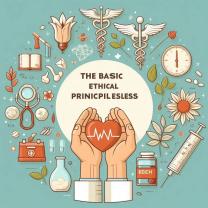What is the risk of a stroke?
The risk of experiencing a stroke varies from person to person and is influenced by a combination of factors. Stroke risk factors can be categorized into two main types: modifiable (those you can change or control) and non-modifiable (those you cannot change). Here are some of the key risk factors for stroke:
Non-Modifiable Risk Factors:
- Age: The risk of stroke increases with age, with older adults being more susceptible.
- Gender: Men and women have different stroke risk profiles. Men tend to have a higher risk at a younger age, while women's risk increases with age and can be influenced by hormonal changes.
- Family History: A family history of stroke or certain genetic factors can contribute to an individual's risk.
Modifiable Risk Factors:
- Hypertension (High Blood Pressure): High blood pressure is the most significant risk factor for stroke. It can damage blood vessels and increase the risk of blood clots.
- Smoking: Smoking increases the risk of stroke by damaging blood vessels and promoting the formation of blood clots.
- Diabetes: People with diabetes are at a higher risk of stroke due to increased blood sugar levels that can damage blood vessels.
- High Cholesterol: High levels of LDL (low-density lipoprotein) cholesterol can lead to the buildup of plaque in blood vessels, increasing the risk of clot formation.
- Physical Inactivity: Lack of regular physical activity can contribute to obesity and other risk factors like high blood pressure and diabetes.
- Obesity: Excess body weight, especially around the waist, is linked to an increased risk of stroke.
- Diet: A diet high in saturated and trans fats, salt, and low in fruits and vegetables can contribute to stroke risk.
- Alcohol: Excessive alcohol consumption can raise blood pressure and increase the risk of atrial fibrillation, a heart rhythm disorder that can lead to stroke.
- Atrial Fibrillation: This irregular heart rhythm can cause blood to pool in the heart, increasing the risk of clots that can travel to the brain.
- Other Heart Conditions: Conditions like heart disease, heart valve disorders, and certain congenital heart defects can elevate stroke risk.
Additional Factors:
- Previous Stroke or Transient Ischemic Attack (TIA): Individuals who have had a previous stroke or TIA are at higher risk of subsequent strokes.
- Race and Ethnicity: Some racial and ethnic groups are more prone to stroke, often due to a combination of genetic and lifestyle factors.
It's important to note that managing and controlling modifiable risk factors through lifestyle changes (e.g., adopting a healthy diet, quitting smoking, exercising regularly) and medical treatment (e.g., managing blood pressure, diabetes, and cholesterol) can significantly reduce an individual's risk of stroke. Regular check-ups with healthcare providers and adherence to recommended treatments are crucial for stroke prevention, especially for individuals with multiple risk factors. Always consult with a healthcare professional for personalized guidance and risk assessment.
